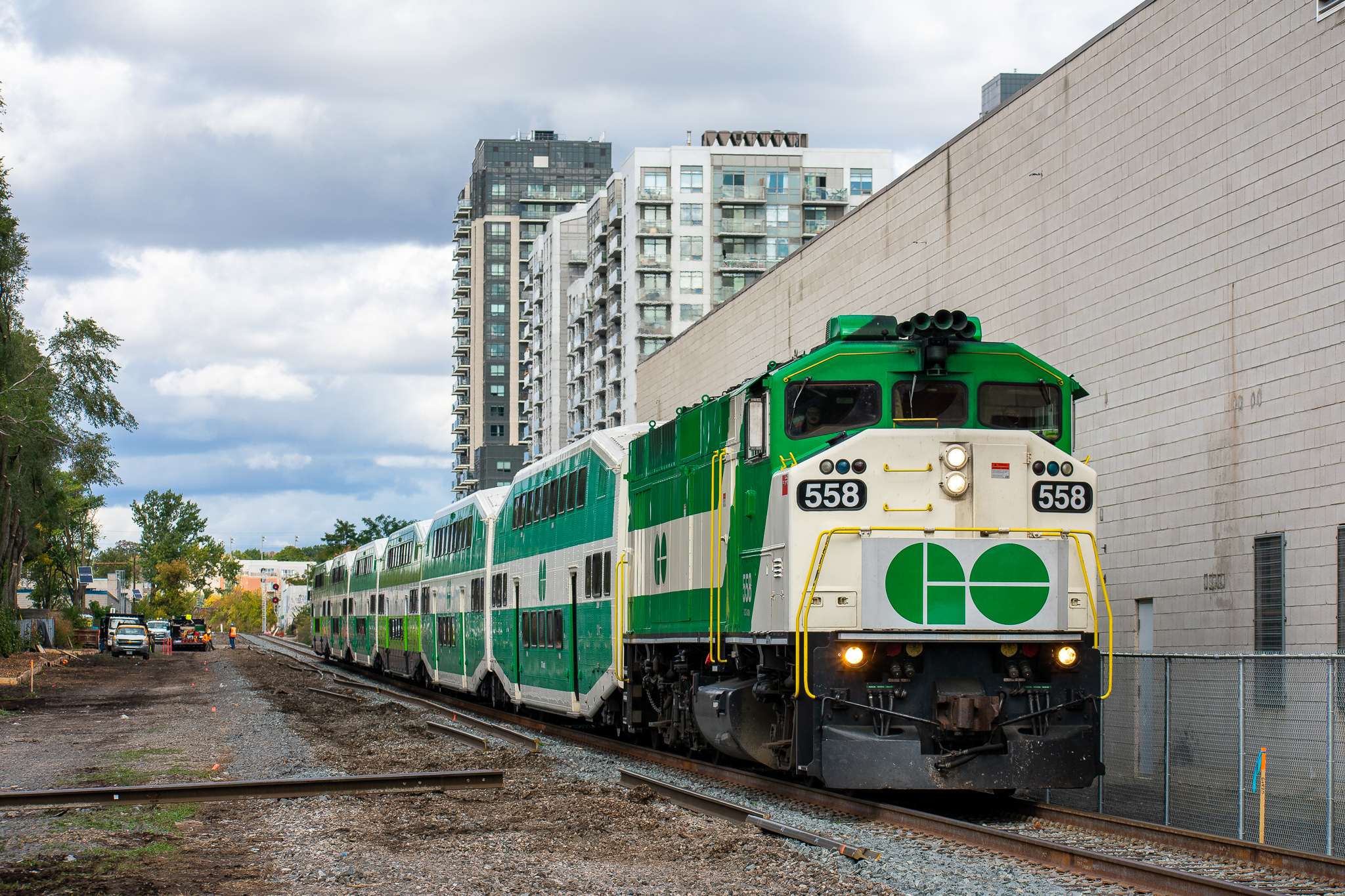Northern Light
Superstar
On the subject of triple-tracking, I thought this photo might be of interest. From the TPL archives, it shows the view from 1980 looking north from Dundas along what is now the Barrie Line, showing three tracks up to Bloor (plus a spur in the foreground on the west side):
View attachment 274663

Looking north from Dundas Street West and the Canadian Pacific Railway tracks showing West Toronto Secondary School and MacGregor Playground on right, Toronto, Ont.
Housed in Photographs, Binder #1, Photo #35www.torontopubliclibrary.ca
I always figured it had a second track before; I hadn't thought three.
So I measured, from existing rail, to the west limit of the corridor, you still have btw 8.48M-9.2M.
You would require roughly 7M for the 2 additional tracks.



